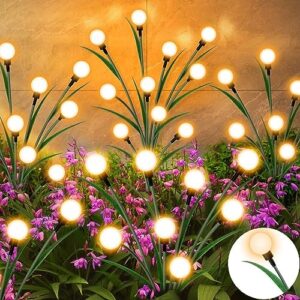Plant propagation is a fascinating process that allows gardeners to grow new plants from existing ones. There are several methods of propagation, including cuttings and seeds, each with its own advantages and challenges.
One of the most common methods of plant propagation is through cuttings. This involves taking a piece of a plant, such as a stem or leaf, and encouraging it to grow roots and develop into a new plant. Cuttings can be taken from a wide variety of plants, including herbs, flowers, and even trees.
To propagate plants from cuttings, simply select a healthy, non-flowering stem or leaf from the parent plant. Make a clean cut just below a node, which is where the leaves meet the stem. Remove any lower leaves to expose the node, as this is where the roots will form.
Once the cutting is prepared, it can be placed in water or a rooting hormone to encourage root growth. After a few weeks, roots should begin to form, indicating that the cutting is ready to be planted in soil. Keep the soil moist and provide indirect light to help the cutting establish itself.
While cuttings are a relatively easy and quick way to propagate plants, they may not always be successful. Some plants are more difficult to propagate through cuttings, and it can be a delicate process to ensure that the cutting survives and thrives.
Another method of plant propagation is through seeds. Seeds are the reproductive structures of plants, containing the genetic material needed to grow into a new plant. While seeds may take longer to germinate and grow than cuttings, they offer the advantage of genetic diversity and the potential for new and unique plants.
To propagate plants from seeds, simply collect the seeds from a mature plant and plant them in soil. Keep the soil moist and provide adequate light and warmth for the seeds to germinate. Once the seeds have sprouted, they can be transplanted into larger containers or directly into the garden.
Seeds offer a wide variety of options for plant propagation, as they can be collected from a wide range of plants and species. They also provide an opportunity for experimentation and the chance to grow new and interesting plants.
While seeds are a versatile and cost-effective way to propagate plants, they can also be more unpredictable than cuttings. Seeds may not always germinate or grow into healthy plants, and there is a risk of genetic variation and mutations in the offspring.
Overall, both cuttings and seeds offer unique advantages and challenges in the process of plant propagation. By exploring different methods of propagation, gardeners can discover new ways to grow and propagate their favorite plants.
In conclusion, plant propagation is a rewarding and satisfying way to grow new plants and expand your garden. Whether you choose to propagate plants from cuttings or seeds, each method offers its own unique benefits and challenges. By experimenting with different propagation techniques, gardeners can learn more about plants and enjoy the process of creating new and beautiful gardens.






